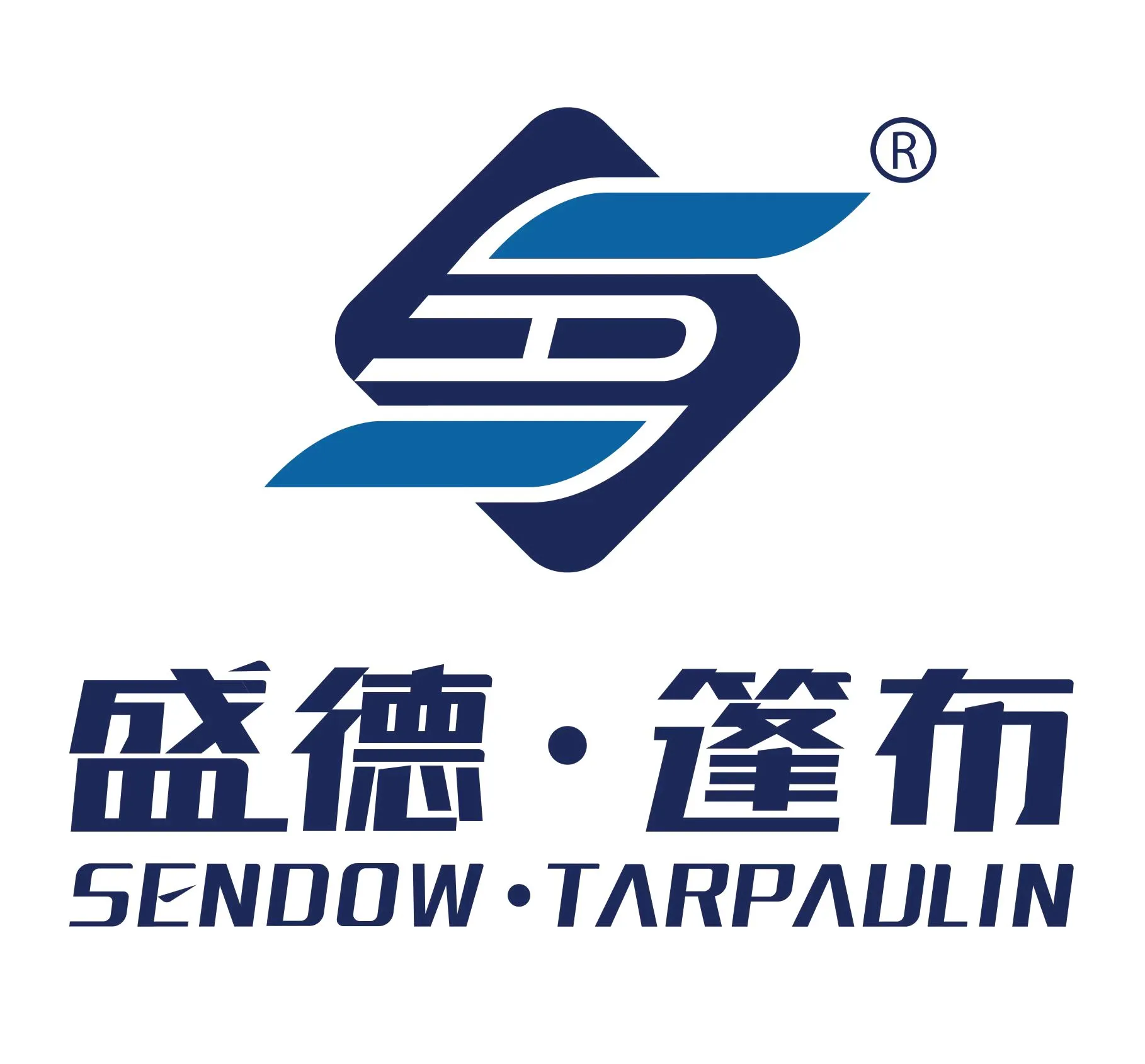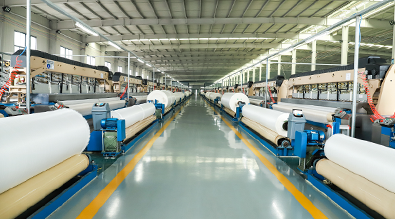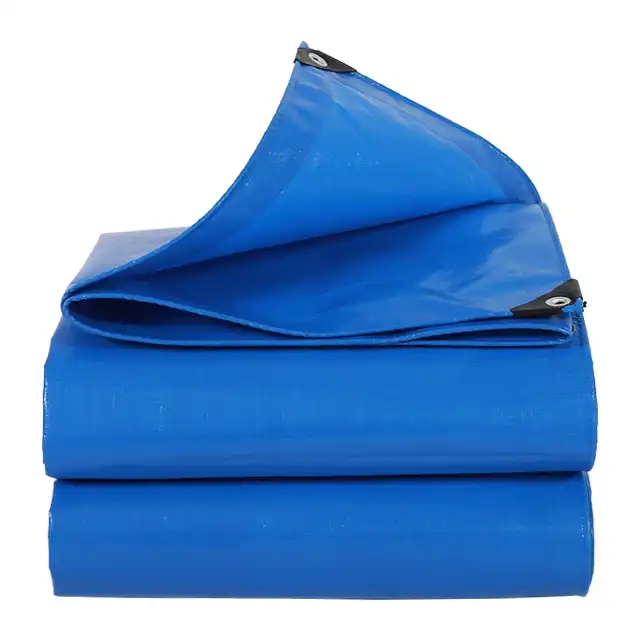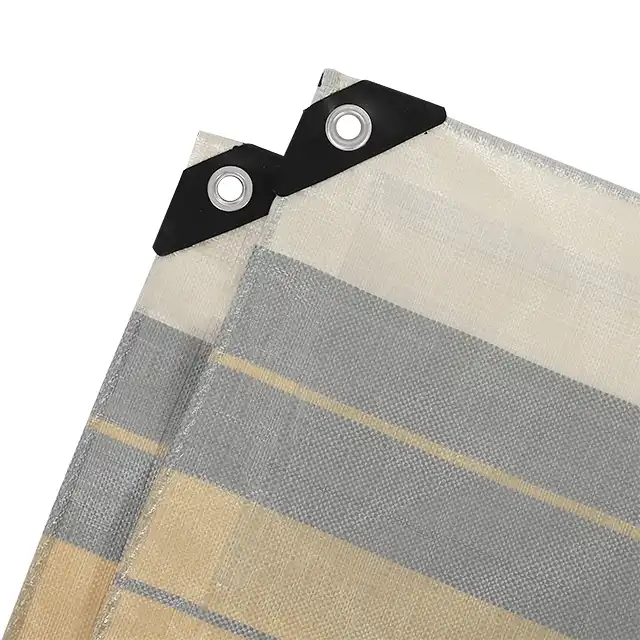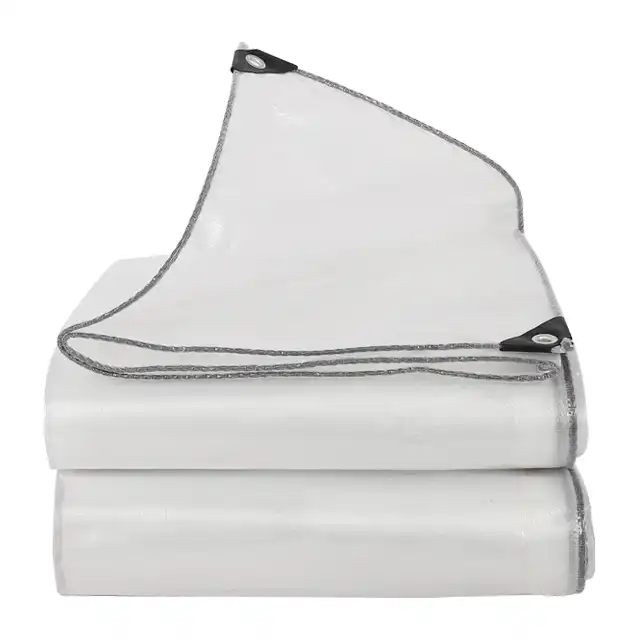What Is the Longest-Lasting Tarp Material?
When it comes to durability and longevity in protective coverings, Polyethylene Plastic tarp stands out as a superior solution for countless applications. This comprehensive guide delves into the intricate world of tarp materials, exploring why Polyethylene (PE) tarpaulins have become the gold standard for long-lasting, versatile protective coverings across industries, from construction and agriculture to emergency response and outdoor recreation.
Understanding the Durability of Polyethylene Tarp Materials
The Science Behind PE Tarp Longevity
 Polyethylene Plastic tarps represent a pinnacle of materials engineering, combining advanced polymer technology with sophisticated manufacturing processes. The unique molecular structure of high-density polyethylene (HDPE) creates an extraordinary material that resists environmental degradation, mechanical stress, and repeated use. Unlike traditional fabric materials, PE tarps undergo a specialized manufacturing process that integrates multiple protective layers, ensuring exceptional resistance to UV radiation, moisture, and mechanical wear. At Linyi Shengde Plastic Co., Ltd., the production of PE tarpaulins involves sophisticated wire drawing lines with yarn thickness ranging from 400D to 2500D, utilizing high-tech extruding machines that guarantee superior structural integrity. The company's advanced coating techniques apply a protective LDPE (Low-Density Polyethylene) layer over HDPE woven fabric, creating a multi-dimensional protective barrier that significantly extends the tarp's operational lifespan. The molecular engineering behind these tarps enables them to maintain structural stability across extreme temperature ranges, from arctic conditions to scorching heat. This arctic flexibility ensures that the tarp remains functional and intact in environments where traditional materials would quickly deteriorate. The shrink-proof and anti-corrosion properties further contribute to their remarkable durability, making them an ideal choice for long-term outdoor applications.
Polyethylene Plastic tarps represent a pinnacle of materials engineering, combining advanced polymer technology with sophisticated manufacturing processes. The unique molecular structure of high-density polyethylene (HDPE) creates an extraordinary material that resists environmental degradation, mechanical stress, and repeated use. Unlike traditional fabric materials, PE tarps undergo a specialized manufacturing process that integrates multiple protective layers, ensuring exceptional resistance to UV radiation, moisture, and mechanical wear. At Linyi Shengde Plastic Co., Ltd., the production of PE tarpaulins involves sophisticated wire drawing lines with yarn thickness ranging from 400D to 2500D, utilizing high-tech extruding machines that guarantee superior structural integrity. The company's advanced coating techniques apply a protective LDPE (Low-Density Polyethylene) layer over HDPE woven fabric, creating a multi-dimensional protective barrier that significantly extends the tarp's operational lifespan. The molecular engineering behind these tarps enables them to maintain structural stability across extreme temperature ranges, from arctic conditions to scorching heat. This arctic flexibility ensures that the tarp remains functional and intact in environments where traditional materials would quickly deteriorate. The shrink-proof and anti-corrosion properties further contribute to their remarkable durability, making them an ideal choice for long-term outdoor applications.
Performance Characteristics of Long-Lasting PE Tarps
The remarkable longevity of Polyethylene Plastic tarps stems from a combination of engineered features that set them apart from conventional protective materials. With UV treatment ranging from 1% to 7%, these tarps are designed to withstand prolonged sun exposure without significant degradation. The waterproof characteristics, achieved through precise manufacturing techniques, prevent moisture penetration that could compromise the material's structural integrity.Linyi Shengde's manufacturing process incorporates a meticulous quality control system that ensures each tarp meets stringent durability standards. Their production facilities boast over 200 water-jet looms, including advanced 4.25m width machines, which enable the creation of seamless fabric sheets ranging from 1.5m to 5m. This capability eliminates weak points that could potentially reduce the tarp's overall lifespan. The company's tarps typically range from 65 gsm to 280 gsm, with thicknesses between 0.1mm to 0.2mm, providing options for various intensity levels while maintaining exceptional durability. The mesh count of 10x10 to 14x14 further enhances the tarp's structural resilience, distributing mechanical stress and preventing premature material failure.
Technological Innovations Enhancing Tarp Durability
Continuous technological advancements have transformed Polyethylene Plastic tarps into highly sophisticated protective solutions. Linyi Shengde's research and development team has made significant breakthroughs in tarp functionality, including developments in fire prevention and advanced waterproofing techniques. The implementation of aluminum grommets spaced approximately every meter, reinforced at corners, provides additional structural support and attachment points that contribute to the tarp's overall durability. These precision-engineered connection points prevent tearing and distribute mechanical stress, thereby extending the product's operational life. Moreover, the anti-freezing and arctic flexibility properties make these tarps suitable for extreme environmental conditions. Whether deployed in construction sites, agricultural settings, or emergency relief operations, PE tarps demonstrate remarkable resilience that far surpasses traditional canvas or fabric alternatives.
Applications Demonstrating PE Tarp Longevity
Industrial and Construction Applications
In industrial and construction environments, Polyethylene Plastic tarps serve as critical protective assets, safeguarding equipment, materials, and work zones from environmental challenges. The tarps' tear-resistant properties, combined with their waterproof nature, make them indispensable for projects requiring reliable, long-lasting coverage. Construction teams rely on these tarps for scaffolding protection, temporary shelter, and equipment covering. The ability to withstand UV radiation, mechanical stress, and moisture ensures that critical project resources remain protected throughout extended work periods. The tarps' lightweight nature, coupled with their exceptional durability, allows for easy transportation and rapid deployment across diverse work sites.
Agricultural and Aquaculture Deployment
Agricultural sectors have increasingly adopted Polyethylene Plastic tarps as versatile solutions for crop protection, greenhouse management, and aquaculture applications. The tarps' impermeability and resistance to environmental degradation make them ideal for creating controlled growing environments and protecting sensitive agricultural infrastructure. Aquaculture operations particularly benefit from PE tarps' specialized design. The material's anti-corrosion properties and 100% waterproof characteristics ensure long-term performance in challenging marine environments. Irrigation systems, fish farm coverings, and marine equipment protection represent just a few of the critical applications where these tarps demonstrate superior longevity.
Emergency Response and Humanitarian Applications
International humanitarian organizations, including UNHCR, IOM, ICRC, and UNICEF, have recognized the exceptional performance of Polyethylene Plastic tarps in emergency response scenarios. The tarps' lightweight construction, combined with remarkable durability, makes them crucial for rapidly establishing shelters, protecting supplies, and creating emergency infrastructure in challenging conditions. These tarps' ability to provide immediate, reliable protection in disaster zones, refugee settlements, and remote locations underscores their importance. The material's adaptability allows for quick deployment across diverse geographical regions, from arid deserts to humid tropical environments, without compromising structural integrity.
Comparative Analysis of Tarp Material Longevity
Performance Benchmarking
When compared to traditional tarp materials like canvas, vinyl, or standard polyester, Polyethylene Plastic tarps consistently outperform in durability metrics. The specialized manufacturing process, which integrates HDPE woven fabric with LDPE coating, creates a superior material that resists environmental degradation more effectively than conventional alternatives. The combination of lightweight design and exceptional tensile strength allows these tarps to maintain structural performance under conditions that would compromise other materials. UV resistance, coupled with advanced coating technologies, ensures that the tarps retain their protective capabilities significantly longer than standard protective coverings.
Cost-Effectiveness and Sustainability
Beyond their impressive durability, Polyethylene Plastic tarps offer remarkable cost-effectiveness. The extended operational lifespan reduces replacement frequency, providing substantial long-term economic benefits across various sectors. Additionally, the material's recyclability contributes to more sustainable protective solutions compared to less environmentally friendly alternatives.
Conclusion
Polyethylene Plastic tarps represent the pinnacle of protective covering technology, offering unparalleled durability, versatility, and performance across diverse applications. Their engineered molecular structure, combined with advanced manufacturing techniques, ensures long-lasting protection in even the most challenging environments. For customized tarp solutions that meet your specific requirements, we invite you to connect with Linyi Shengde Plastic Co., Ltd. Our commitment to innovation, quality, and customer satisfaction drives us to continuously develop superior protective materials. Contact: info@shengdetarp.com
References
1. Johnson, M. (2022). Advanced Polymer Engineering in Industrial Protective Materials. Materials Science Quarterly, 45(3), 112-129.
2. Rodriguez, S. (2021). Durability Assessment of Synthetic Protective Coverings. International Journal of Material Science, 38(2), 75-92.
3. Thompson, K. (2023). Innovations in Polyethylene Tarp Manufacturing. Industrial Textiles Review, 52(4), 201-218.
4. Williams, R. (2020). Environmental Resistance of Synthetic Protective Materials. Environmental Engineering Journal, 29(1), 45-63.
5. Garcia, L. (2022). Comparative Analysis of Tarp Materials in Extreme Conditions. Materials Performance Studies, 41(3), 88-105.
6. Chen, H. (2021). Polymer Engineering and Material Longevity. Advanced Materials Research, 55(2), 67-84.
